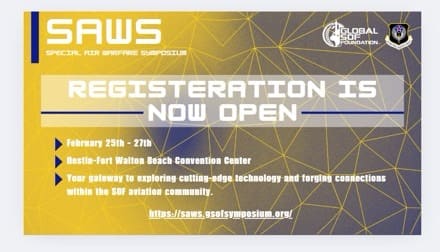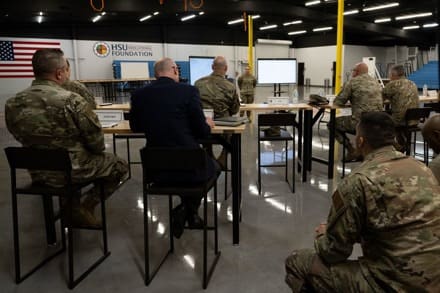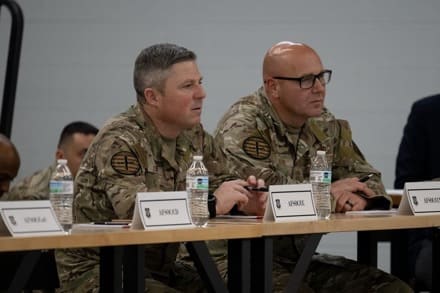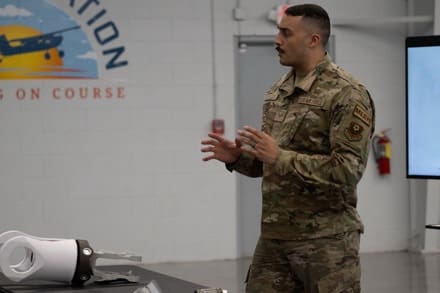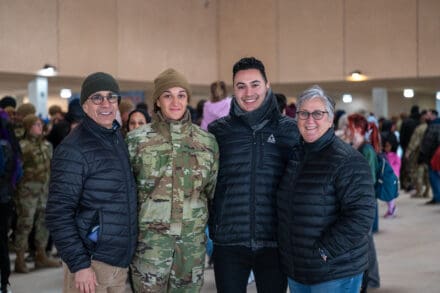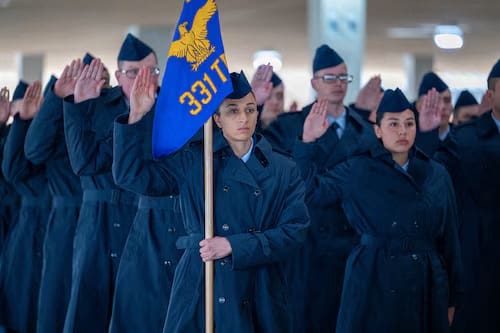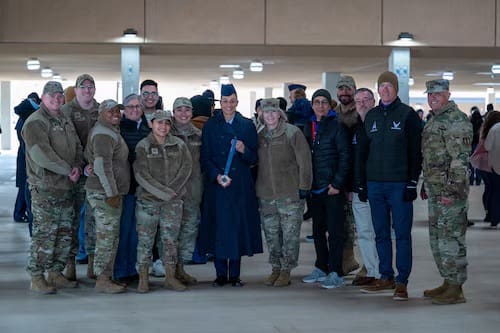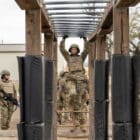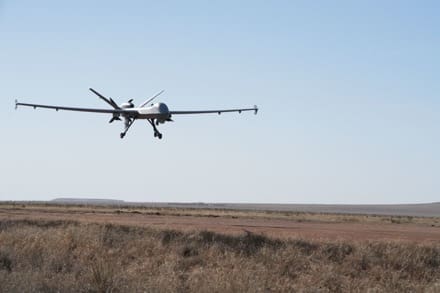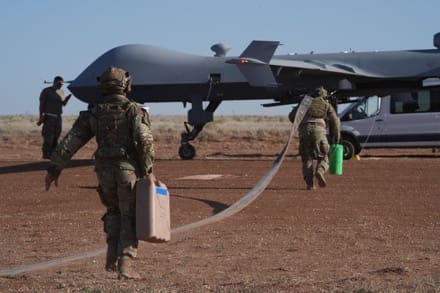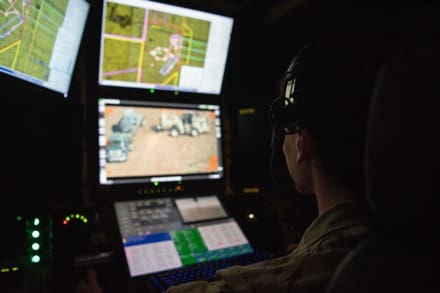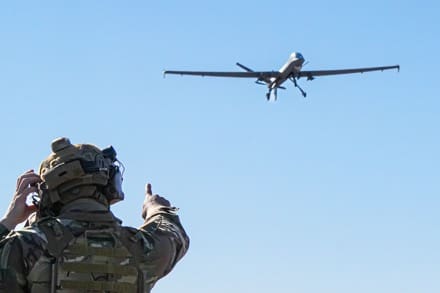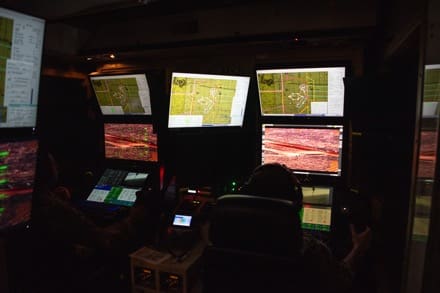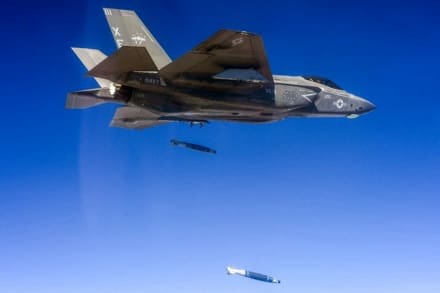
NELLIS AIR FORCE BASE, Nev. (AFNS) —
The United Operational Test Team conducted the first ever dual, external release of a GBU-54 Laser Joint Direct Attack Munition from an F-35.
The GBU-54 is a precision-guided bomb that uses laser energy to accurately strike static and moving surface targets, making it a valuable addition to the F-35’s air-to-surface munitions catalog. The integration and successful test of the LJDAM on the F-35 marks a key milestone in the continuing effort to fully integrate the LJDAM on all versions of the F-35.
The weapon delivery event was conducted using an F-35C from the Navy’s Air Test and Evaluation Squadron 9 Detachment at Edwards Air Force Base, California.
“The capability to carry LJDAMs externally will greatly increase the air-to-surface strike capability of the aircraft,” said Cmdr. Michael “Squintz” Procelli, aircraft pilot. “This WDE expands the Joint Strike Fighter’s flexibility when countering asymmetrical threats with more kinetic options.”
The test was also designed to stress the Stores Management System, the software responsible for managing the weapons loaded on the aircraft and to determine how it reacts to releasing multiple of these weapons in quick succession.
Two weapons were employed against a remote controlled High-Speed Moving Target. The bombs were guided to the target via the onboard laser housed inside the F-35’s Electro Optical Targeting System. This is the first sensor suite to combine forward looking infrared, infrared search and track and a combat laser, providing improved situational awareness over legacy sensor pods to deliver GPS and laser-guided munitions.
Consistent with the Air Force Operational Test and Evaluation Center’s responsibility of testing system effectiveness in operationally relevant environments, the weapons were employed on the HSMT with the help of a joint tactical air controller, simulating a common scenario that can be expected on the battlefield.
Testing the safe separation and guidance of the weapon offers valuable insight into the usability of the F-35’s strike capability. The successful completion of this test demonstrates the F-35’s ability to accurately engage targets in a dynamic and challenging environment and highlights the advanced capabilities of the EOTS system.
By 2nd Lt Arthur Knust Graichen and 2nd Lt Jeffrey Brodhecker, Air Force Operational Test and Evaluation Center Detachment 6


